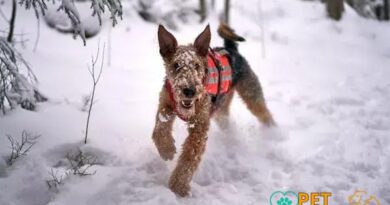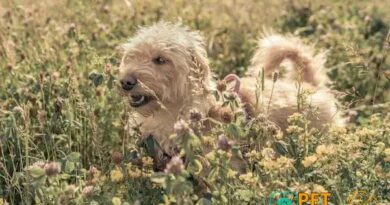O que é guarding instincts
What Are Guarding Instincts?
Guarding instincts refer to the innate behaviors exhibited by certain dog breeds that drive them to protect their territory, family, and belongings. These instincts are deeply rooted in the evolutionary history of dogs, stemming from their ancestors who were tasked with guarding their packs and resources. Understanding these instincts is crucial for dog owners, as it helps in training and managing their pets effectively.
The Evolution of Guarding Instincts
The guarding instincts of dogs can be traced back to their wild ancestors, such as wolves, who needed to defend their territory from intruders. Over generations, selective breeding has enhanced these instincts in specific breeds, making them more adept at guarding roles. Breeds like German Shepherds, Rottweilers, and Doberman Pinschers are well-known for their strong guarding instincts, often used in police and military work due to their protective nature.
Signs of Guarding Instincts
Dogs with strong guarding instincts often display specific behaviors that indicate their protective nature. These may include barking at strangers, growling when feeling threatened, or positioning themselves between their owner and perceived threats. Additionally, they may exhibit territorial behaviors, such as marking their space or being overly watchful of their surroundings. Recognizing these signs is essential for owners to manage their dog’s behavior appropriately.
Training for Guarding Instincts
Training a dog with strong guarding instincts requires a balanced approach that encourages protective behavior while ensuring it does not lead to aggression. Positive reinforcement techniques can be effective, rewarding the dog for appropriate guarding behaviors while discouraging unnecessary aggression. Socialization is also crucial, helping the dog differentiate between real threats and benign situations, which can prevent overreacting to harmless stimuli.
The Role of Socialization
Socialization plays a vital role in shaping a dog’s guarding instincts. Exposing a dog to various environments, people, and other animals from a young age helps them develop a well-rounded temperament. A well-socialized dog is more likely to respond appropriately to different situations, reducing the likelihood of fear-based aggression. Owners should prioritize socialization to ensure their dog can distinguish between friend and foe.
Guarding Instincts vs. Aggression
It is essential to differentiate between guarding instincts and aggression. While guarding instincts are natural protective behaviors, aggression is an extreme response that can lead to dangerous situations. Understanding this distinction helps owners manage their dogs effectively, ensuring that protective behaviors do not escalate into aggression. Training and socialization are key components in maintaining this balance.
Breeds Known for Strong Guarding Instincts
Certain dog breeds are renowned for their strong guarding instincts. Breeds such as the Bullmastiff, Belgian Malinois, and Akita are often chosen for their protective nature. These breeds have been historically bred for guarding roles, making them more likely to exhibit strong instincts. However, it is important to remember that individual temperament can vary, and not all dogs of these breeds will have the same level of guarding instincts.
Managing Guarding Instincts in Household Settings
Managing a dog’s guarding instincts in a household setting requires consistent training and clear boundaries. Owners should establish rules regarding acceptable behavior and reinforce them through training. Providing mental stimulation and physical exercise can also help channel a dog’s energy positively, reducing the likelihood of unwanted guarding behaviors. A well-managed dog is less likely to feel the need to guard excessively.
The Importance of Professional Guidance
For owners struggling to manage their dog’s guarding instincts, seeking professional guidance can be beneficial. Professional dog trainers and behaviorists can provide tailored advice and training plans that address specific issues related to guarding behavior. Their expertise can help owners navigate the complexities of guarding instincts, ensuring a harmonious relationship between the dog and its family.



